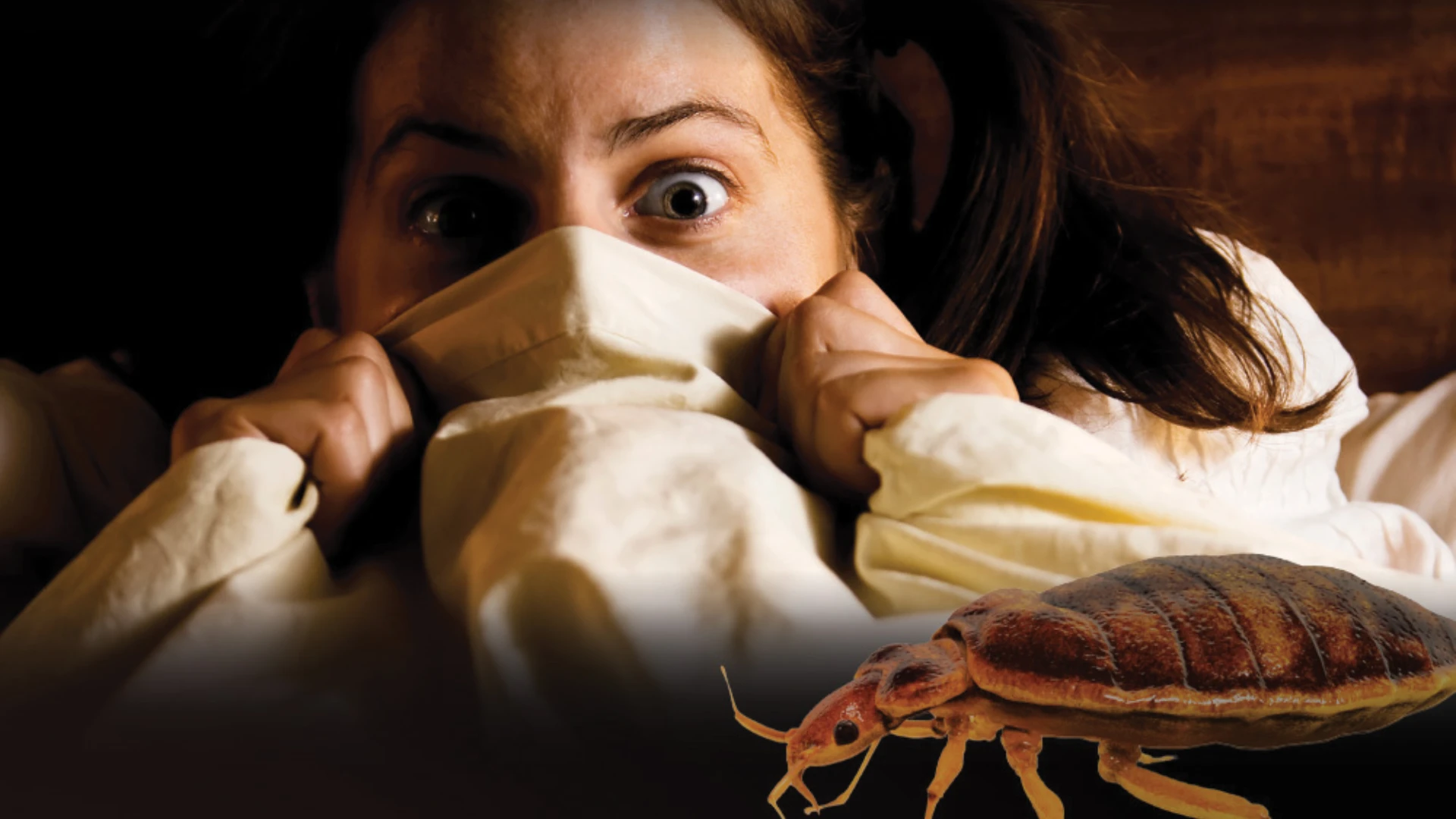There are several physical and mechanical methods available to pest management professionals for the control of nuisance birds.
HABITAT MODIFICATION. Good sanitation practices, such as removal of spilled food or refuse, can do much to reduce the attractiveness of an area to pigeons. This depends on the situation and whether or not the food source can be effectively and economically limited. Where starlings are roosting in trees, selective pruning of smaller, inner perching branches, which will open up the canopy of the trees, may make them unsuitable for roosting cover for the birds.
EXCLUSION. The best and most permanent solution to pigeons and other birds roosting or nesting in or on buildings is to "build them out" by making the site as bird-proof as possible. Bird exclusion is generally a highly involved process and is situationally dependent.
In general, one must survey the bird infestation to determine roosting, loafing and nesting sites and determine which of the numerous exclusion devices is best suited for each site on the building. In most cases, more than one method will be necessary. Additionally, if only the areas of the building where birds are currently active are addressed, the birds may move to another, unprotected area of the structure. Likewise, bird populations can be displaced to nearby buildings.
Examples of bird exclusion methods and devices include repellent gels and sprays, bird spikes, wire coils, bird wires, electric shock wiring and tracks and netting. Many other unique devices may be available.
Birds entering through openings to nest or roost within a building’s attic, false ceiling, etc., should be removed and the openings sealed or repaired permanently. Birds may be trapped or chased out of such spaces prior to sealing entryways. Persons working or entering spaces used by birds should wear suitable protective equipment (e.g., goggles, gloves, HEPA-equipped respirator) due to the potential presence of pathogens that might be present in accumulated bird feces. Such accumulations should be removed and the area disinfected using appropriate cleaning and disinfection procedures. Such procedures may be available on Web sites such as that for the Centers for Disease Control and Prevention (www.cdc.gov). Companies specializing in services such as cleaning up bird roosts may be available in many markets.
HARASSMENT AND INTIMIDATION. Nest destruction can be helpful in preventing pigeon and sparrow populations from increasing, but to be effective the nest and eggs must be destroyed at two-week intervals. Nest removal is most effective when used in conjunction with other types of reduction control. By itself, unless carried out over a very long period, it has little effect on localized pigeon populations. However, recolonization by evicted birds, as well as new arrivals, often will occur on buildings previously cleared unless some other corrective action is taken. To be efficacious, nest destruction must be continued until natural mortality accounts for the surviving adults.
Starlings can be repelled from night roosts with sound such as pyrotechnics, exploding cracker shells and recorded starling distress calls. For best results, such distress calls or noise repellents should be initiated as soon as the birds begin using the location and should be continued until they leave. Three to four consecutive evenings is generally adequate to displace the birds to another roost, hopefully one that is less objectionable. However, if after six to seven days the birds have not moved, the technique should be reevaluated or discontinued. Scaring must begin early in the evening when the birds first begin to arrive and when there is sufficient light for the starlings to find alternate roosts. When repelling large numbers of starlings, a risk always exists that the new or alternative site selected by the birds also will be objectionable to humans.
Most visual devices (e.g., plastic owls, scare-eye balloons, metallic-reflective tape and other reflective objects moved by breezes) and auditory-based devices (e.g., electronic distress call emitters) commonly used for scaring away nuisance birds are of only temporary value at best for pigeons and sparrows. Explosive-type frightening devices, such as shotguns, shell crackers or pyrotechnics are possible exceptions in dealing with sparrows roosting in trees if used before the birds have habituated to the site. The longer a roosting site is used, the more difficult it is to displace the birds. This technique often requires a great deal of persistence to drive sparrows from a site and is only appropriate to rural settings.
The author is Technical Director, Varment Guard Environmental Services Inc., Columbus, Ohio.

Explore the July 2003 Issue
Check out more from this issue and find your next story to read.
Latest from Pest Control Technology
- Trelona® ATBS in Action
- Cetane Associates Promotes Trey Brasseaux to VP
- Rid-A-Bug Exterminating Celebrates 52 Years in Business
- OSU Research Aims to Pin Down Process of WNV Transmission
- Senske Family of Companies Opens New Headquarters in Dallas
- Washington State Governor Recognizes April as Pest Management Month
- Rose Pest Solutions’ Hozey Graduates from the AGP Program
- 2025 Pest Control Distribution Trends





